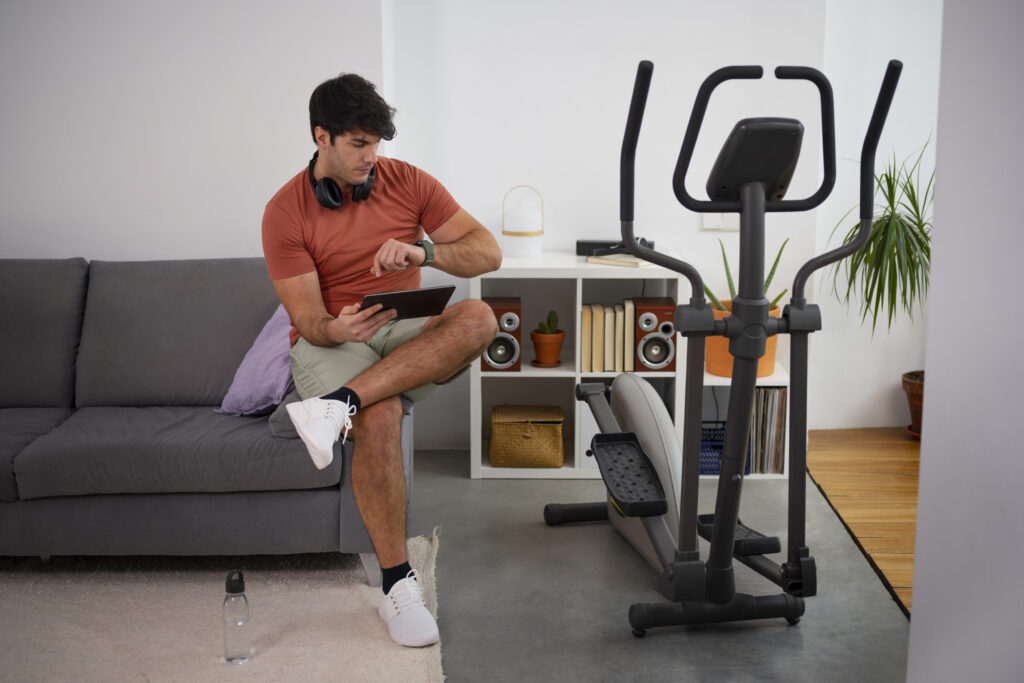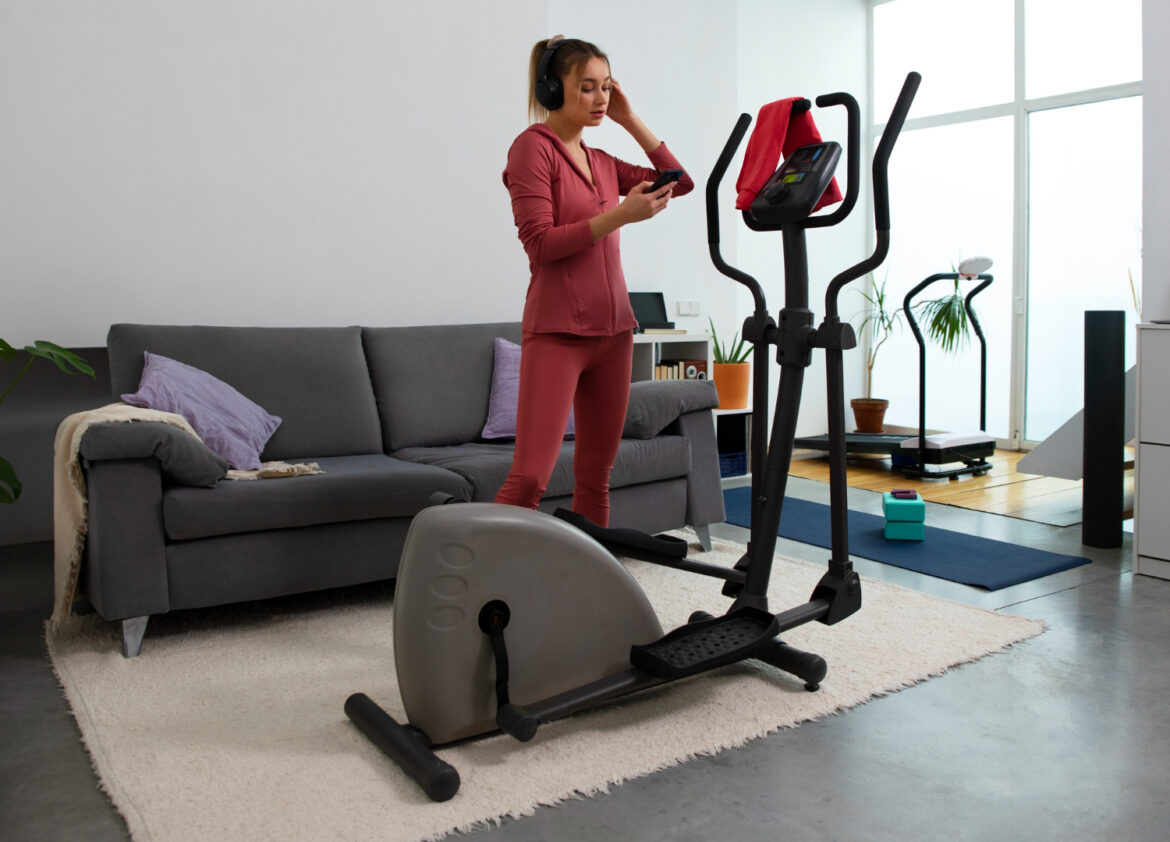The 8530 Weider Home Gym is a compact, multi-station machine designed to deliver full‑body training in limited space, with a familiar weight‑stack feel and straightforward setup. If you’re building a budget-friendly home gym, this unit still earns attention for its all-in-one practicality. Below, I break down what’s changed over time, how it feels to use, who it fits best, and what actually matters before you buy.
Quick take
If you want reliable, guided resistance without a steep learning curve, the 8530 is a solid, space-savvy pick. It covers the basics—lat pulldowns, seated rows, chest press, pec fly, leg extension, curls and core work—well enough for beginners and busy lifters. Taller and stronger users may bump into range-of-motion and max-load limits, but with smart programming, it delivers meaningful progress.
What’s new
Most improvements you’ll notice are in small, quality-of-life details rather than radical redesigns. Compared with older Weider multi-gyms, the 8530 typically features smoother nylon pulleys, clearer cable routing decals, and more supportive seat and pad foam. The finish on the frame resists chips better than early-2000s coatings, and the hardware packs are more clearly labeled, which makes assembly less frustrating. While the fundamental geometry hasn’t changed dramatically, the refinements add up to better day-to-day use.
Specs snapshot
The 8530 uses a selectorized weight stack with guided cables and fixed pulley paths. The footprint fits most apartment corners or garage nooks, and typical ceiling clearances are fine for lat pulldowns while seated. Expect a stack in the light-to-moderate range for home users with cable ratios that make the resistance feel smooth rather than brutally heavy. Upholstery is dense enough to hold shape, and the frame steel is thick enough for stability under normal home loads. Warranty coverage is consistent with mass-market home equipment, and replacement cables and pulleys are generally obtainable through parts suppliers.
Setup and assembly
Set aside an afternoon, a clear floor, and patience. You’ll build the main frame first, then mount pulleys and route the cables, and finally seat the stack plates and guide rods. A socket set, adjustable wrench, and a torque-friendly screwdriver will speed things up. The most common mistakes are:
- Routing a cable over the wrong pulley (double-check the diagram and cable tags).
- Over-tightening pivot bolts, which can pinch movement.
- Skipping lubrication on guide rods, leading to sticky stack travel.
Leave at least a couple of feet of open space around the machine for safe use, and consider rubber flooring to quiet the stack and protect floors.
Build quality
The 8530 feels stable for its class when assembled correctly and leveled. The frame doesn’t invite heavy swaying under normal loads, and the pulleys roll smoothly if the cables are straight and tensioned. Expect light mechanical noise from the stack, which can be minimized with silicone on the rods and felt or rubber bumpers at the stack stop. Over time, the common wear points are the cable sheathing at high-angle pulleys and the foam on frequently used arm pads; periodic inspection keeps surprises at bay.
Exercise coverage
You can train your entire body with focused, joint-friendly movements. Upper body staples include lat pulldown, seated row, chest press, pec fly, shoulder press (if your limb length and seat height permit good leverage), triceps pressdown, and biceps curls. Lower body coverage typically centers on leg extension; with a low pulley and an ankle cuff, you can add hamstring curls, hip abduction/adduction, and glute kickbacks. For core, high- and mid‑pulley crunches and woodchop patterns work well. Range of motion is best for small to medium builds; taller users can still get quality work with careful seat and handle adjustments.
Real-world performance
The resistance is smooth, predictable, and easy to progress week to week. Cable machines redistribute strength curves, so the peak challenge often arrives mid‑range rather than at the extremes. That’s friendly to joints and helpful for clean reps. Station changes are fairly quick once you know the pin and handle positions; supersets are practical. Heavier users may notice the chest press arms feel lighter at lockout due to leverage, which is normal for this style of machine. After a month, most owners report fewer squeaks as the cables settle, provided the bolts are re-checked and rods kept clean.
Comfort and ergonomics
The seat and back pad are firm enough for support without hot spots, and the handles are neutral-grip friendly. If you have sensitive shoulders, the pec fly range can be reduced with careful start-position adjustments. For tall lifters on lat pulldowns, sitting slightly forward and keeping a vertical torso improves bar path and keeps the stack from topping out too soon. The leg extension pad should sit just above the ankle bones; moving it a notch can spare the knees.
Safety notes
Treat cable routing and pins with respect and you’ll lift safely for years. Always inspect the weight pin fully seated, confirm cables are not twisted around pulleys, and keep fingers away from the stack while moving plates. For wrists and shoulders, favor neutral grips on presses and rows and pull to the upper chest rather than behind the neck. If kids or pets are around, remove the weight pin when you’re done and stow attachments on hooks out of reach.
Programming
You’ll make steady progress with simple, balanced plans and small jumps. A starter full-body plan, three days per week:
- Lat pulldown: 3×8–12
- Chest press: 3×8–12
- Seated row: 3×8–12
- Leg extension: 3×10–15
- Cable curl: 2–3×10–12
- Triceps pressdown: 2–3×10–12
- Cable crunch: 2–3×12–15
Add weight when you hit the top of the rep range with clean form for all sets. For intermediates, an upper/lower split works well. Use tempo (e.g., 2 seconds down, 1 up) to intensify without needing huge weight jumps, and use single‑arm rows or presses to extend sets when the stack tops out.

Upgrades and tweaks
Small add-ons make a big difference. A triceps rope, single D-handles, a straight bar, and an ankle cuff expand movement options and wrist comfort. Micro loading can be done with magnetic fractional plates on the weight stack top plate or with strap-on plate mates. If your floor is uneven, rubber shims under the base can eliminate wobble. A light coat of silicone on guide rods every few weeks keeps the stack gliding; a quarterly bolt check prevents creaks.
Comparisons
Versus newer Weider models: you may gain nicer upholstery, marginally heavier stacks, and sleeker frames, but the training effect is similar if your goals are general strength and fitness.
Versus other budget multi‑gyms: Marcy and Gold’s Gym units at similar price points offer comparable motion paths; differences often come down to ergonomics and finish.
Versus a rack and dumbbells: free weights offer unlimited progression and versatility but demand more space, skill, and safety setups. The 8530 wins on simplicity and guided motion; the rack wins on long‑term ceiling.
Price and value
The 8530 sits in an accessible price band for a full-body solution, especially on the used market. You’re paying for convenience, compactness, and an integrated stack. You’re not getting the open-ended progression of plates and barbells. Resale value is steady if you keep parts organized and the machine clean. If buying used, inspect cables for fraying, test pulley spin, check for missing hardware, and bring a tape measure to confirm it fits your space.
Pros and cons
Pros
- Compact footprint and tidy all-in-one design
- Smooth, confidence‑building resistance for beginners
- Low learning curve with clear movement paths
- Quiet enough for apartments with basic flooring
Cons
- Limited top-end load for stronger lifters
- Fixed paths can feel restrictive for very tall users
- Fewer lower‑body heavy options without accessories
- Stack jumps can be large; requires micro-loading tricks
What actually matters
Consistency beats complexity. The 8530 Weider Home Gym succeeds because it removes friction: no plate shuffling, no guessing about setup, and almost no barrier to starting a session. If your goal is to get stronger, build muscle, and train efficiently at home, that simplicity is a feature, not a compromise. If you want maximum strength or highly specific athletic carryover, a barbell setup will outperform it. But for most home users seeking reliable, joint-friendly training in limited space, the 8530 gets the work done—day after day.
FAQs
How much space do I need? Enough for the footprint plus room to fully extend arms and legs; leave space behind the seat for rows and in front for presses.
Can tall users get full ROM? Usually, with smart seat positioning. On lat pulldowns, sit slightly forward; on presses, set the seat low enough to keep elbows under wrists.
How heavy does it feel? Cable ratios smooth the load; the top plates challenge most beginners and intermediates. Micro plates help bridge larger jumps.
How hard is maintenance? Light: quarterly bolt checks, occasional silicone on guide rods, cable inspections before sessions.
Can I replace cables or upgrade the stack? Yes to cables—measure length and end fittings. Stack upgrades are model-dependent; micro loading and tempo work cover most needs.
Final verdict
The 8530 Weider Home Gym remains a practical, budget-conscious path to effective home training. It’s not the flashiest or the heaviest, but it’s dependable, compact, and friendly to real-life routines. If those are your priorities, it’s an easy machine to live with—and one you’ll actually use.

2 comments
[…] points—consistent pre‑sleep routine, light management, and strategic meal timing—can be more impactful than any compound alone. People with metabolic syndrome benefit from stepwise goals: 10‑minute walks after meals, […]
[…] 8530 Weider Home Gym Review: What’s New and What Actually Matters […]